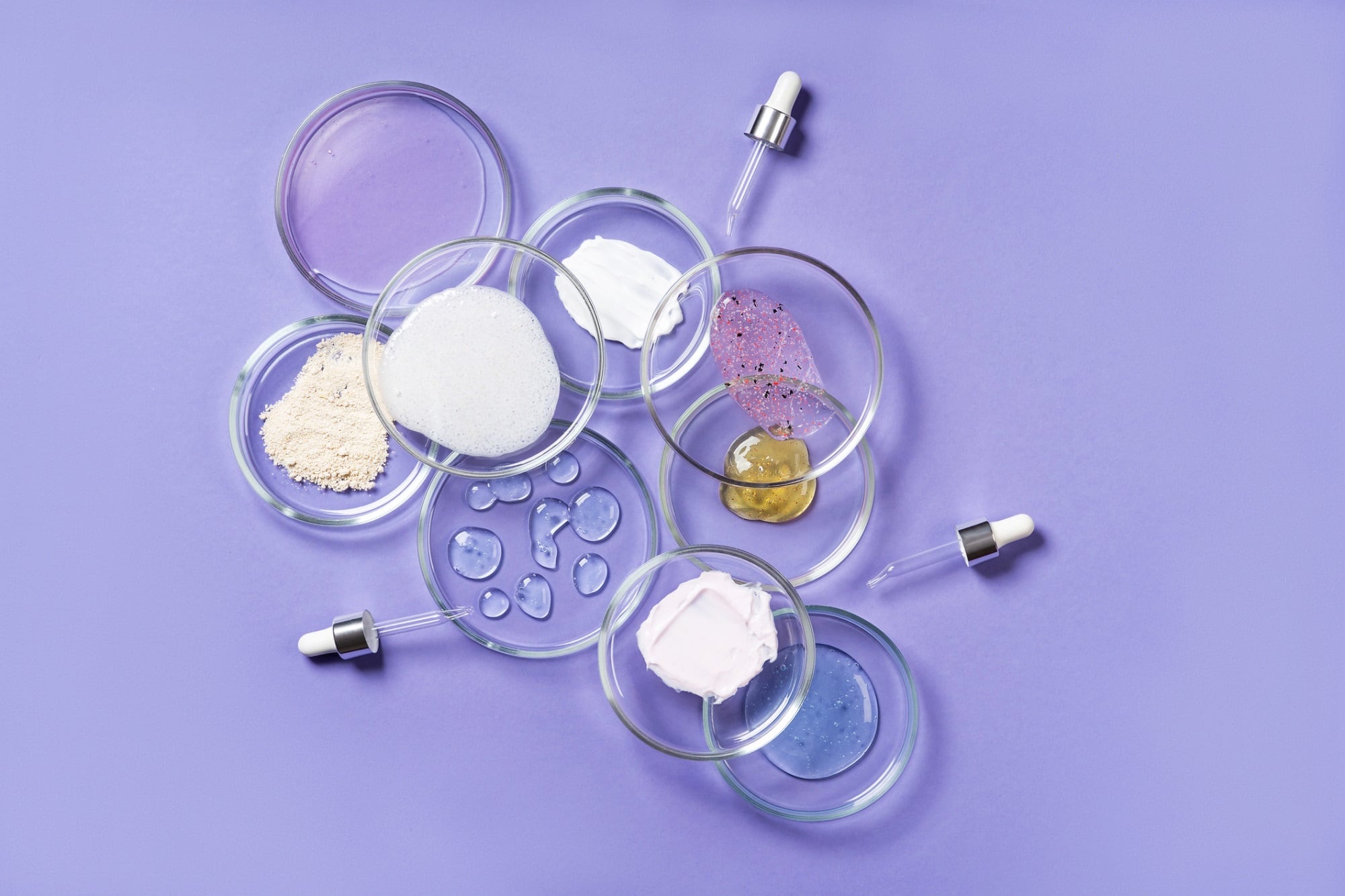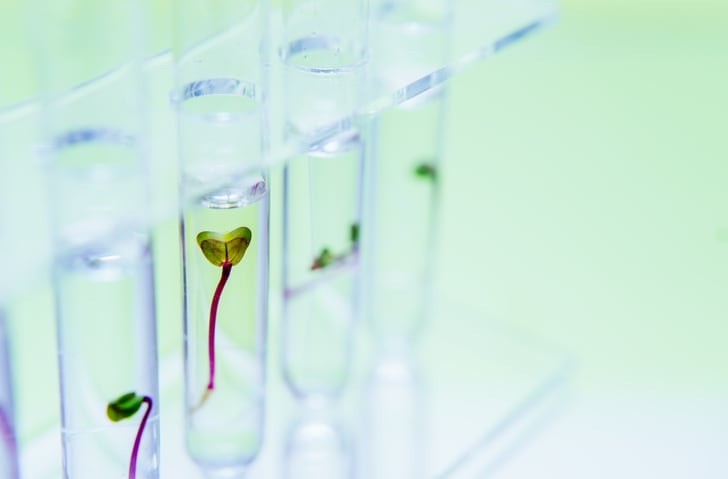This year’s In-Cosmetics Global conference was held in Barcelona, Spain, from March 28-30. Featuring a record 907 exhibitors at a show that was twenty-one percent larger than last year’s convention, including 150+ new exhibitors and all ten of the world’s top industry ingredient suppliers, there was much to see and experience at the biggest In-Cosmetics Global show in history.
From the Innovation and Fragrance Zones to the Makeup and Sensory Bars, this year’s show focused prominently on some of the most compelling and exciting industry trend forecasts of 2023. Below are three of the most significant ingredient trends CosmeticsDesign saw (and experienced) at the conference.
Upcycling
Sustainability is nothing new for manufacturers and suppliers in the cosmetics and personal care product industries: from renewable or recyclable packaging options to clean ingredient sourcing, environmentally friendly opportunities abounded at this year’s convention. However, one aspect of sustainability that stood out was the importance of upcycling for ingredient manufacturers.
Upcycling in the cosmetics or personal care industries, or creative reuse, focuses on using industry cast-offs or by-products into new materials or ingredients used in new or existing product formulations. Although this concept is not new, it was prevalent throughout the In-Cosmetics Global show. Many exhibitors have placed greater emphasis on showcasing their newly implemented or improved upcycling programs this year.
One such exhibitor, French fragrance and flavor manufacturer Robertet, has an “active policy to reduce its carbon footprint” focusing on “more efficient use of resources,” according to its company literature distributed at the convention. The company is actively working to transform waste “into higher value-added active ingredients,” such as Ulti’Mate and Casta’Nea, which are currently available options for product formulation.
Vegan collagen
Traditionally, collagen is derived from porcine or bovine sources or fish. Vegan collagen, in contrast, comes from either genetically modified yeast or bacteria or is bioengineered. In keeping with the sustainability movement, vegan collagen was prevalent throughout many exhibitors’ booths at this year’s In-Cosmetics Global conference.
In this manner, vegan collagen can be less damaging to the environment and can also be a more renewable ingredient source that is more sustainable than its animal-derived counterpart. One manufacturer, Germany-based Cambrium, exhibited its NovaColl micro-molecular collagen at this year’s conference. The relatively new company featured its vegan-certified and sustainably produced collagen product at the show, which is GMO-free and is provided in an aqueous solution for easy formulation.
Geltor, Inc., a biotechnology company out of Emeryville, California, also showcased its vegan collagen NuColl at this year’s convention. Biodesigned for hair manageability and styling, this vegan protein is 100% animal-free and is produced using a precision fermentation process and is also certified vegan and cruelty-free.
Neuroactive ingredients and active fragrances
Perhaps one of the most compelling trends at this year’s convention is the appearance and promotion of neuroactive ingredients for product formulation. These ingredients explore the connection between the skin and the brain. In this complex relationship, the goal is to ultimately influence and improve the consumer’s mood and experience using the product through the efficacy of these carefully designed ingredients.
Mibelle Group Biochemistry, a Switzerland-based ingredients manufacturer, debuted the TiMOOD neuroactive ingredient at this year’s show. The company purports that the component is a “complexion-enhancing neurocosmetic” that can “protect neurons from aging, improve wellbeing under stress, and stimulate the skin-brain connection” in cosmetic product formulations. Based on the timeout pepper, a spice plant from the Himalayas, the component is backed by clinical studies that concluded a 2% TiMOOD face cream applied for twenty-eight days “improved emotional wellbeing measured by the EmoCompass tool in stressed volunteers,” according to literature distributed at the event.
Similarly, Robertet also promoted its ActiScents collection, a line of fragrances that “transcend the concept of skincare fragrances and the notion of active ingredients,” according to literature distributed at the show. Unlike Mibelle’s TiMOOD, which focuses on the relationship between skin and brain, this collection of fragrances instead contains active properties including skin care, hair care, and hygiene benefits – in other words, these ingredients are not just scent-boosters for finished products but are fragrances that offer additional active benefits for the product user. Gentiana Lutea, for example, works to prevent blue light damage to the skin and premature skin aging, and Pelargonium Graveolens slows hair growth activity.
Each of these exhibitors showcased one of the most important trends of 2023 – multifunctionally beneficial ingredients. Whether impacting the consumer’s mood or directly enhancing the benefits of a particular product formulation, neuroactive ingredients and active scents are a clear trend that manufacturers and suppliers to the cosmetics and personal beauty care product industries can expect to see more of as this year progresses.





